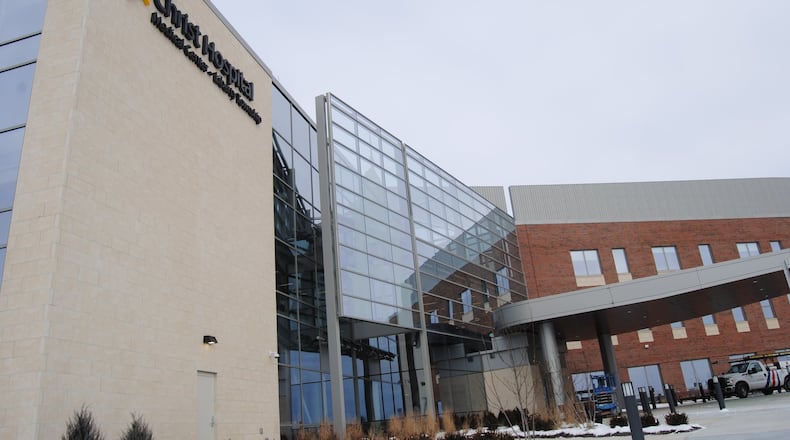Christ Hospital is the second institution in Ohio to use this technology.
“Heart and vascular disease remains the overall leading causes of death and disability in the United States,” said Dr. Robert A. Pelberg, medical director, ambulatory clinical services and advanced cardiac imaging specialist. “We could not be more excited to bring this technology to the Tristate and to all of our patients, who deserve this excellent standard of care.”
This analysis involves importing a CCTA into a supercomputer, where complex physics and mathematical analyses are done using artificial intelligence, Christ Hospital officials said. “The results then model the CT scan into what HeartFlow describes as a digital, personalized 3-D model of the heart that depicts the blood flow through a patient’s coronary arteries.
“Traditional coronary CT angiograms depict only the anatomy and not the physiology of the heart arteries,” said Dr. Pelberg. “Whereas Heart Flow measures the blood flow through these arteries as well.”
HeartFlow will help patients with chest pain where physical blockage may not be obvious.
“For these patients, HeartFlow combines the traditional benefits and strengths of a CCTA with its advanced physics and analytics for a more accurate prediction of the causative relationship of a blockage to the patient’s symptoms.”
“The strength of HeartFlow is that it accurately predicts the physiological importance of a moderate blockage, thereby elevating CCTA by making the data just as good at ruling in an important blockage as it is at ruling it out,” said Dr. Pelberg. “Without CT-FFr, if I see a blockage in a CT scan, at times, I cannot be confident that it is not significant without performing additional noninvasive or invasive testing to assess the blood flow through the block
Christ Hospital is located in Mt. Auburn and has a campus in Liberty Twp. along with five ambulatory outpatient centers, and dozens of offices throughout the region.
About the Author
